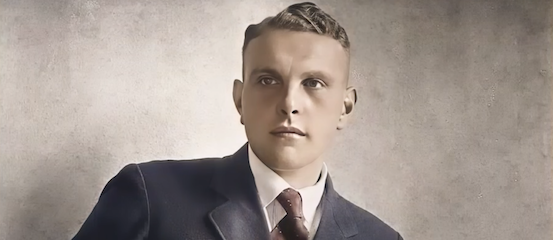
Edmund Heines (1897-1934, age 37). A high-ranking Nazi Party official and deputy leader of the Sturmabteilung (SA) who became a notorious enforcer during the early years of the Nazi regime.
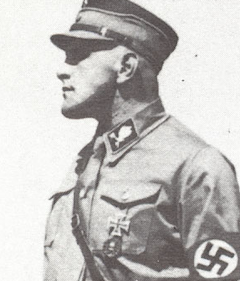
Heines served as Ernst Röhm’s deputy in the SA and held several significant positions within the Nazi administration until his execution during the Night of the Long Knives in 1934.
Born in Munich, Bavaria in 1897, Heines served in the Imperial German Army during World War I as a volunteer. He suffered a serious head wound in 1915 and was discharged as a lieutenant in 1918.
Following the war, Heines joined the far-right Freikorps movement from 1919 to 1922, which provided military training and political indoctrination that would shape his later Nazi activities.
Heines became one of the earliest members of the Nazi Party and quickly rose through the ranks of the SA in Munich, gaining the attention of Adolf Hitler [Luce Index™ score: 35/100].
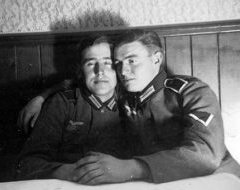
He participated in the infamous Beer Hall Putsch of 1923, Adolf Hitler‘s failed attempt to overthrow the Bavarian government. This early involvement in Nazi revolutionary activities established Heines as a trusted enforcer and key figure within the party’s paramilitary wing.
From 1931 to 1934, Heines served as an SA leader in Silesia while simultaneously working as Ernst Röhm’s deputy. During this period, he was elected to the Reichstag representing the district of Liegnitz.
His position in Silesia gave him considerable power over the region’s concentration camps, where he oversaw the detention of Jews and political opponents including members of the Communist Party and Social Democrat Party.
Heines was openly gay at a time when “homosexuality” was criminalized in Germany. Many people in the party disapproved of the fact that Röhm, and many other leaders of the SA, including his deputy, Edmund Heines, were homosexuals.
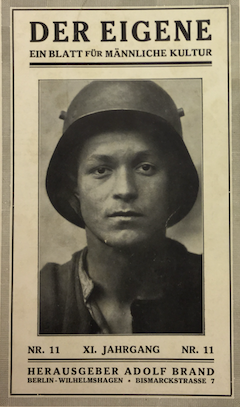
His sexual orientation became a significant factor in the political tensions within the Nazi Party, as Hitler and other leaders grew increasingly concerned about the SA‘s independence and the moral reputation of its leadership.
Despite the official laws, gay magazines were on sale at newsstands across Germany until Hitler’s assumption of power in 1933. Right: Der Eigene (The Unique), 1925, Schwules Museum, Berlin, photo by Nana Bahlmann.
On June 30, 1934, during the Night of the Long Knives, Heines was arrested along with numerous other SA leaders. The SS found Breslau SA leader Edmund Heines in bed with an unidentified eighteen-year-old male SA senior troop leader, his chauffeur.
Hitler ordered both Heines and his partner taken outside the hotel and shot. This purge eliminated the SA‘s political power and consolidated Hitler’s control over the Nazi Party by removing potential rivals.
Heines’ execution marked the end of the SA‘s influence within the Nazi hierarchy. His death, along with that of Ernst Röhm and other SA leaders, represented a crucial turning point in Nazi Germany‘s political structure.
The purge demonstrated Hitler’s willingness to eliminate even longtime allies when they became politically inconvenient, establishing a pattern of ruthless consolidation of power that would characterize the regime.
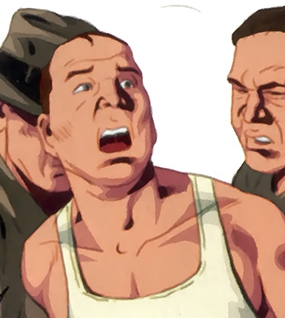
The legacy of Edmund Heines serves as a complex example of the internal contradictions within the Nazi movement.
Despite his sexuality, which the regime would later systematically persecute, Heines rose to significant power within the SA and played a crucial role in the Nazi Party‘s early development.
His story illustrates how the Nazi regime‘s consolidation of power involved not only the persecution of external enemies but also the elimination of internal rivals, regardless of their previous loyalty or contributions to the movement.
Image (left): Marvel comics featured Heines in a historical comic about Nazism 2011.